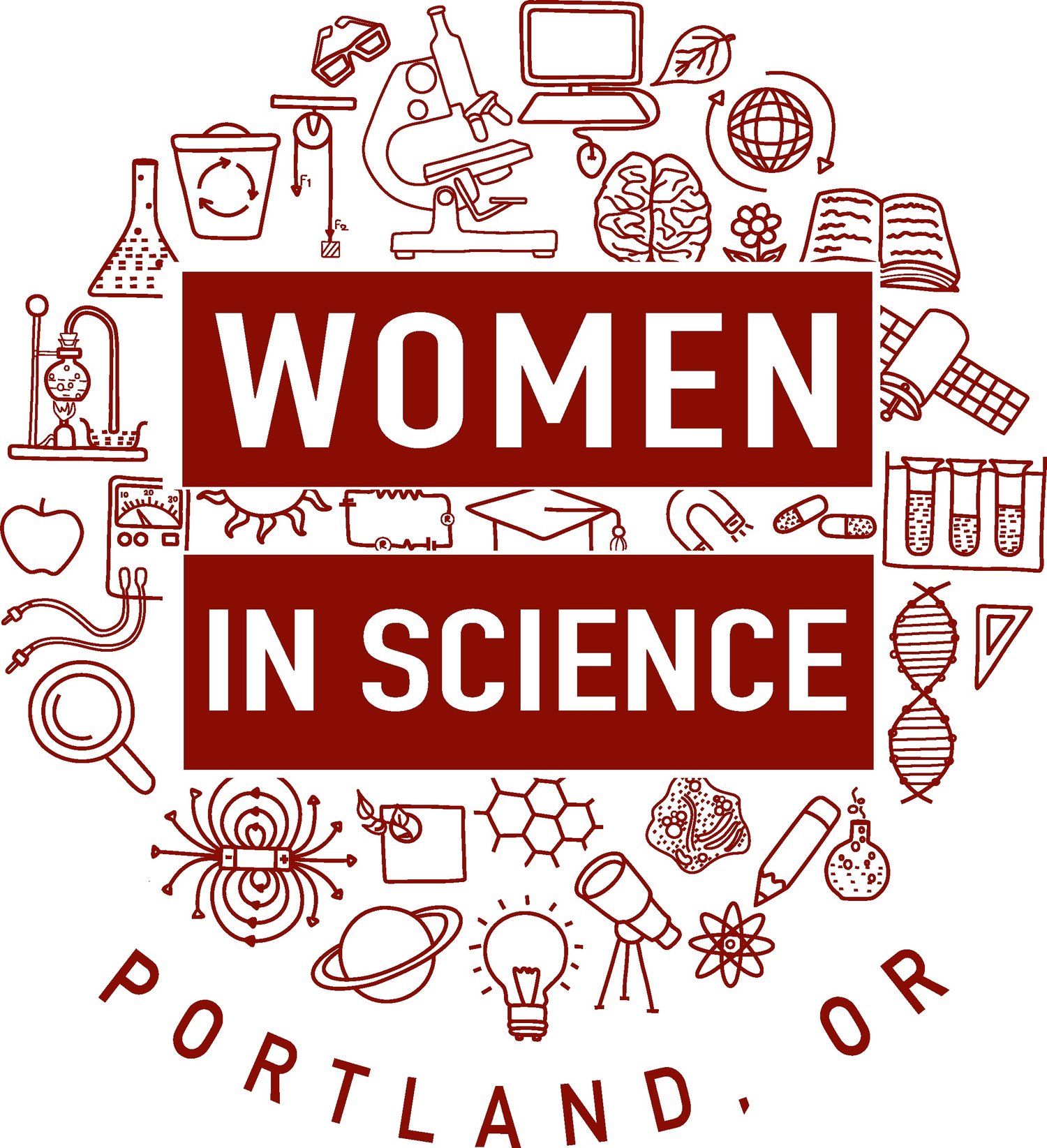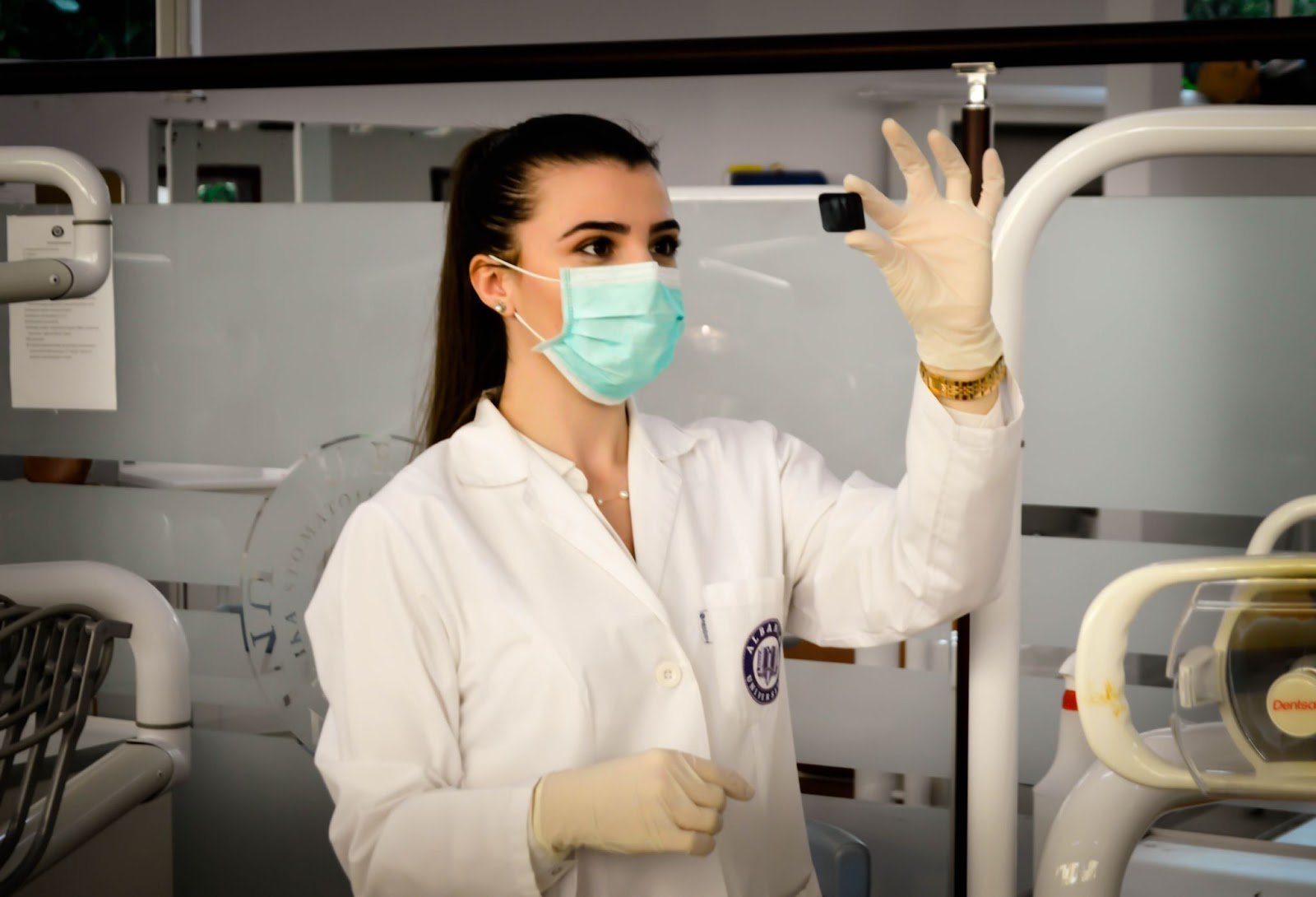Self-Confidence is the Catalyst to Changing Your Life
Female university student in a science lab- Unsplash
Despite popular belief, confidence is not a fixed trait; it is very malleable and is the outcome of the types of thoughts we have and actions we take (Warrell, 2015). There is a misconception that confidence is necessary to succeed at a task; however, that is far from the truth. Confidence is not based on the ability to succeed at a task, but one's belief in their ability to succeed (Warrell, 2015). As someone who is working on their confidence, I live by this sentence. I have changed the way I talk to myself and that has changed the actions I take, which has changed the way I trust myself in my future projects.
According to a report from the U.S. Department of Commerce, women represent over 50% of the college-educated workforce, but they only hold 24% of STEM jobs in the United States (Diversity in STEM, 2023). Furthermore, while 57.3% of bachelor’s degrees in the US are held by women, only 38.6% of those degrees are in a STEM field (Singh, 2020). Even though many women are qualified to work in STEM-field related jobs, many factors contribute to the disproportionate percentage of women in the STEM workforce, relative to their representation in STEM degree recipients. (Diversity in STEM, 2023). According to an article from the Society of Women Engineers (SWE), one contributing factor may be “confidence gap”. The “confidence gap” alludes to the idea that women tend to be less sure of themselves, their knowledge, and capabilities than their male counterparts (SWE, 2021). The idea of the “confidence gap” was first coined by Adina Sterling, a professor at the Stanford Graduate School of Business, who asked recent college graduates to rank their own performance and self efficacy levels when completing tasks, such as prototyping (SWE, 2021). She found that, on average, female graduates ranked themselves with lower levels of self-efficacy compared to their male counterparts (SWE, 2021). This may be due to the lack of female representation in certain careers and the limited mindset pushed onto females about what roles are available to them (SWE, 2021). Sterling’s study also highlights differences in confidence and self-efficacy levels as strong predictors of the gender pay gap in STEM (SWE, 2021). Employers look for candidates who are confident in their ability to perform tasks . So if a woman presents with low confidence levels, employers may be less likely to hire her and pay her what she’s worth, even in entry-level positions.
Unfortunately, I have heard many stories of women who are part of this percentage who struggle with the “confidence gap”- myself included. I have always struggled with self-confidence. It seemed as if confidence was an unattainable goal- the more I tried, the further my confidence ran away from me. As a Muslim woman of color, finding my community has always been a struggle. Although many children of immigrants struggle with an imbalance in cultural identity, this constant rejection took a major hit to my self-esteem in every aspect of my life. As a child of South Asian immigrants, it is common for women to be molded to become submissive; they are praised when they “people please”. As a woman, I can empathize with other women who struggle with self-confidence. It seems as if women’s bodies are always in trends: makeup looks are always changing, women are constantly getting labeled such as “smart women are too independent for men” or “submissive women are too easy for men”. It seems like women can never get a break from feeling unworthy.
Today, as a 23 year old woman with a bachelor’s degree in public health and who has had numerous jobs in clinics and hospitals; I still struggle with my self-confidence. I am constantly reminded of my worth in a grocery line, locking in a rental agreement, talking about community health crises, however, none of these can compare to how I feel at work. When my female coworkers get yelled at, harassed, and cussed at by our clients, I often think, “Would they have treated me like that if I were a guy?”. “Would this encounter have looked different if I were white?”. Or “Would they show me a little respect because as a receptionist, I try to do everything in my power for patients to receive care that same day, even though they are the ones showing up late for their appointment?”. These thoughts swirl through my head as I contemplate my worth. Every single doubt starts to creep in and hold me in a chokehold as I try to ward off negative comments people have told to my face.
It took me the better part of one year of work experiences in healthcare roles to truly understand that other people’s reactions do not determine my worth. My perception of others and the world has changed and I no longer conform to the false narrative society has been shoving down my throat to stay at home because “that is where women belong”. I now see my ability to persist through challenging situations. I am accepting of my peers and leaders acknowledging my worth. With these realizations, my experiences accumulated and helped skyrocket my confidence. With my new sense of self, I feel like I belong in my community, in my career, and in STEM where I can reach my full potential.
It is important for women to not only believe in themselves and have a supportive community, but also to have resources. One resource is the Million Women Mentors (MWM) organization. MWM connects women with other female STEM professionals who provide high quality mentoring and sponsorship in their local area (Stewart, 2014). In addition to learning about different STEM careers, the mentees gain valuable insight into challenges that women in STEM face along their career journey and learn how to overcome them. Mentors also help increase the confidence of women and increase the mentee’s interest in STEM fields, further enabling their mentee’s success in STEM programs and careers (Stewart, 2014). Organizations like MWM not only help women pursue their career goals but also increase women’s confidence and self-efficacy of their ability to succeed in STEM by changing their perception of who belongs in STEM fields, thereby helping to close the “confidence gap”.
By advocating for women and providing them resources to advocate for themselves we can change so many lives for the better. So many more women will have more confidence in school, a stronger level of self-efficacy in STEM, and more confidence to provide resources for the next generation of women. With these resources we will hopefully be able to increase representation of women in STEM, attain a diverse STEM workforce, and create a stronger foundation for women in science for future generations.
About the author
Maham is a recent Portland State University alumni, receiving her Bachelor of Science in Public Health and minor in Anthropology. She is an activist and feminist, standing up for women’s rights and increasing awareness of domestic violence. As a woman and person of color, her life work is dedicated to creating mental health awareness and increasing diversity in healthcare areas. In her downtime, Maham is often painting or getting food with her friends.


